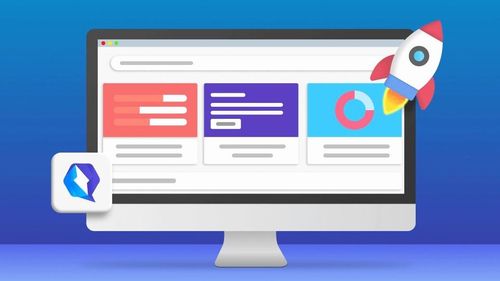RPA
Automation
We offer process management solutions to companies
Automation is the implementation of technology to perform processes and operations without direct human intervention. It involves using systems and software to perform repetitive, complex, or monotonous tasks efficiently and accurately. Automation aims to improve productivity, reduce human error, and allow human resources to focus on more strategic and creative activities. RPA (Robotic Process Automation) automation systems bring numerous benefits to organizations.
What do we offer?
1. Increased Operational Efficiency: RPA can automate repetitive and regular processes, reducing the need for human intervention.
2. Reduction of Human Errors: Eliminates the risk of human errors associated with data entry and other repetitive tasks, thus helping to increase the accuracy and quality of processes.
3. Saving Time and Resources: Allows employees to focus on value-added activities while RPA takes care of monotonous and repetitive tasks.
4. Flexibility and Scalability: RPA systems can be quickly adapted to handle varying workloads, ensuring increased adaptability to changes in demand.
5. Reduced Costs: Process automation reduces costs associated with human error as well as overall operational costs.


TECHNOLOGIES
RPA (Robotic Process Automation) automation systems use a variety of technologies to automate repetitive tasks and interact with applications and systems.
1. Automatizare a Interfeței Utilizatorului (UI Automation): Permite robotului să interacționeze cu aplicații ca și cum ar fi un utilizator uman, făcând clic pe butoane, completând formulare etc.
2. Workflow Management: Tools for defining, managing, and monitoring automated workflows, ensuring efficient coordination of automated processes.
3. API (Application Programming Interfaces): Used to facilitate communication between RPA systems and other applications or services.
4. Intelligent Robots: Robots that integrate machine learning functionality, allowing them to adapt and understand the context.
5. Technologies like Docker: Used to package and distribute RPA bots and associated resources in a manageable and scalable way.
STEP 1 - Vision
Discussion with the client to understand the vision, requirements and purpose of the site.
STEP 2 - Offer
The client's requirements will be analyzed and a customized site plan and quote will be generated.
STEP 3 - Implementation
Based on the plan, the necessary changes for the website will be implemented.
STEP 4 - Testing and Feedback
During the process, the client tests and provides feedback to improve the website within the limits of the proposed plan.
STEP 5 - Update
Changes discussed, debated, and proposed by the client will be made.
STEP 6 - Delivery
After a final check, the website will be delivered to the domain in the test subdomain.

CONTACT
For further information
We provide the best possible service to our customers and are always looking for ways to improve. Testimonials, feedback and reviews from our customers are an important part of this process.

